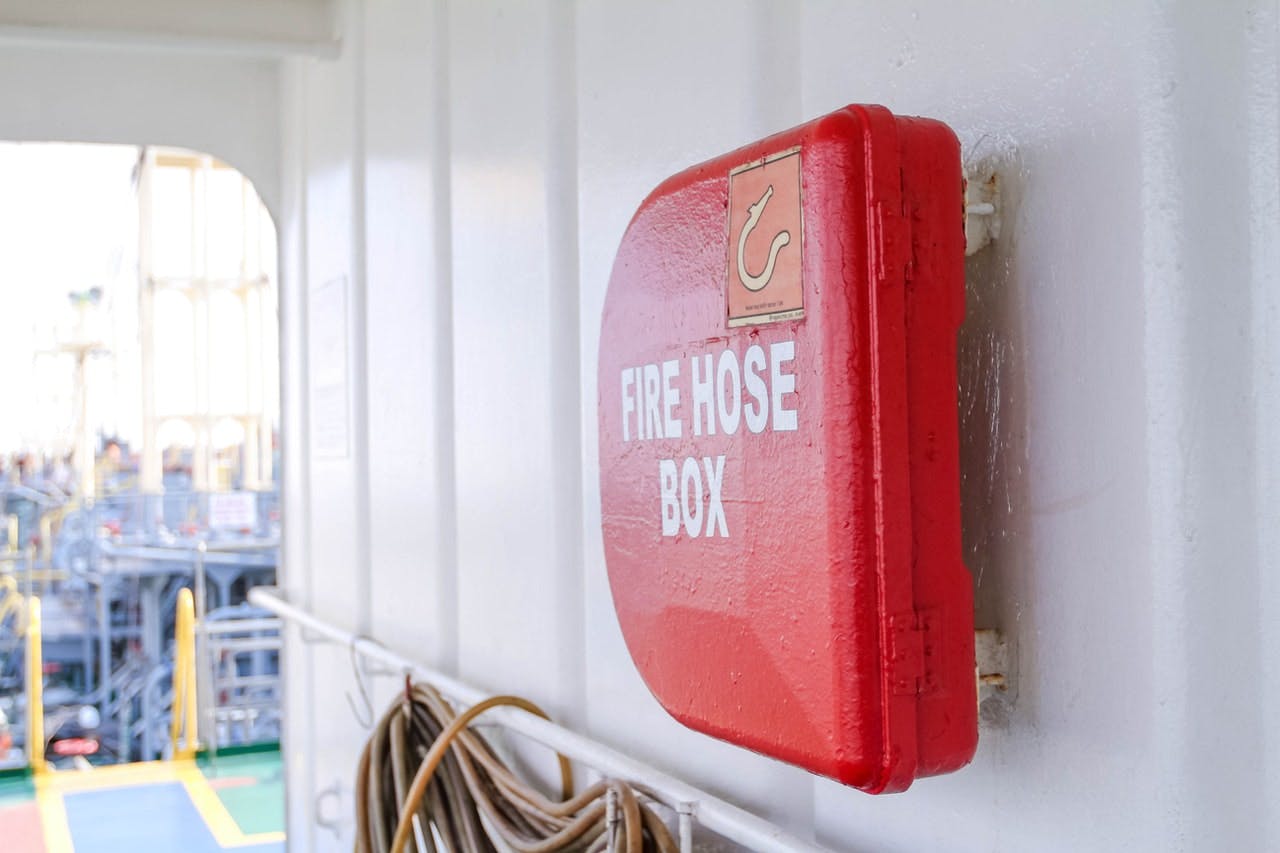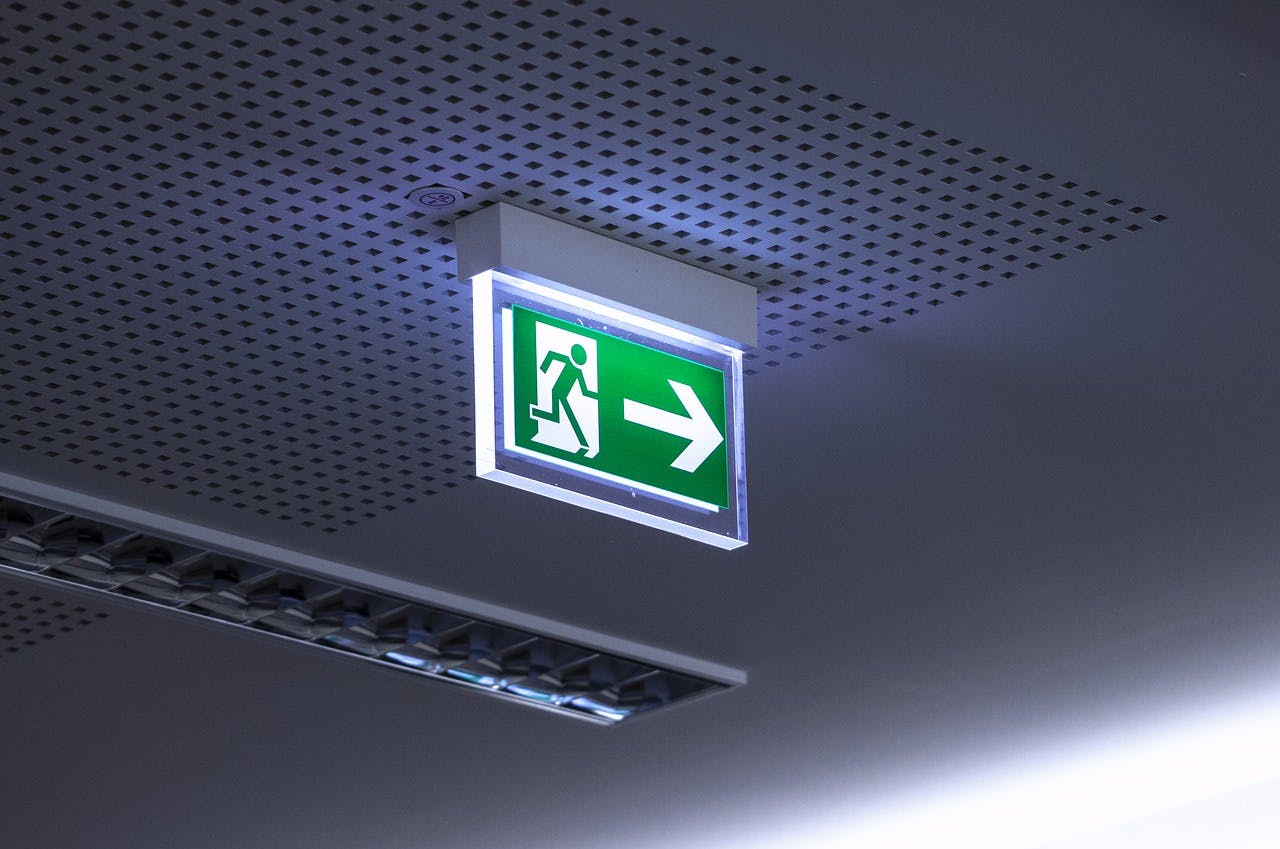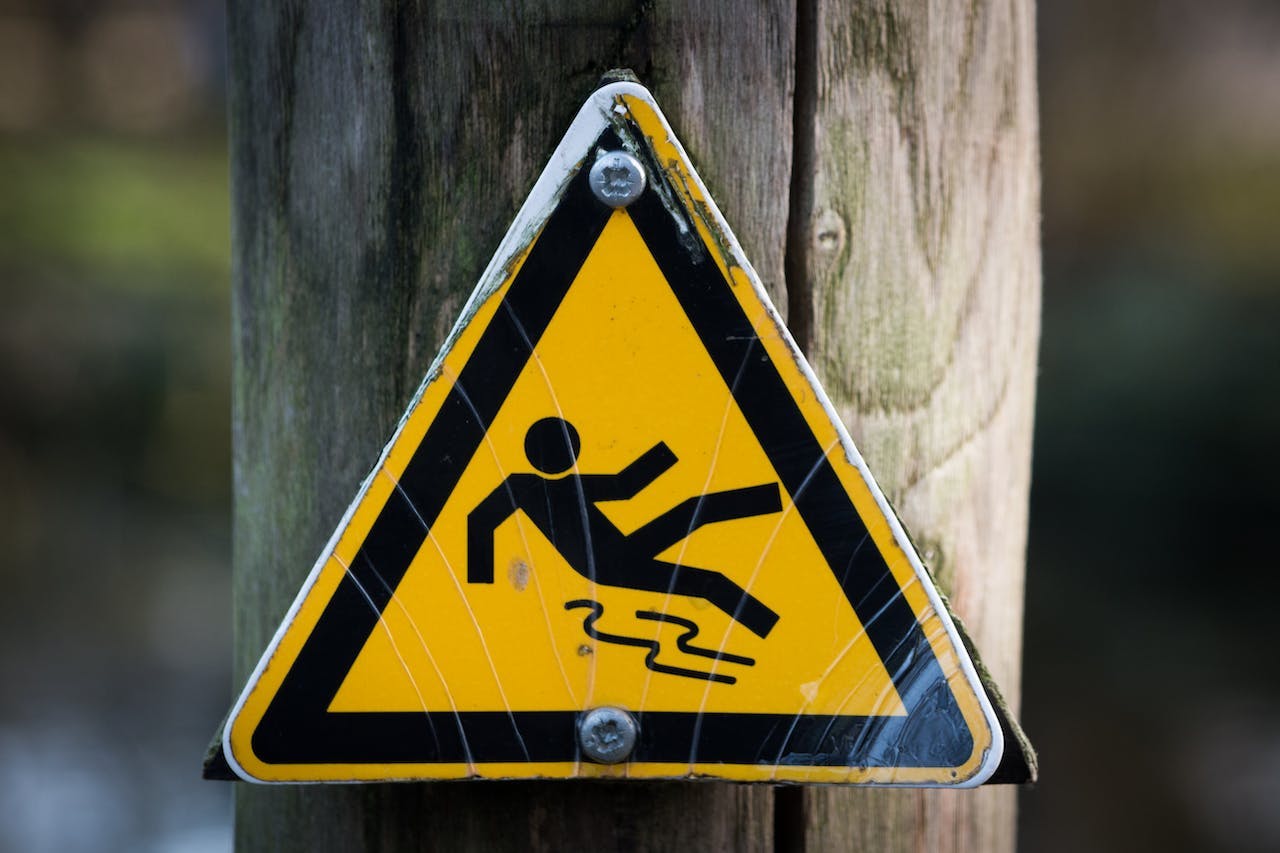Regardless of your industry, workplace fire safety is something that all companies need to be on top of.
According to OSHA, more than 37,000+ fires occur in the workplace every year in the United States, causing billions in property damage, lost wages, and countless injuries and deaths.
These stats make it seem like fires are bound to happen, but in reality, many of these fires could have been prevented with proper precaution. And with all workplaces at risk, fire protection is worth learning about.
In the U.S., there are three organizations involved with workplace fire safety regulations. Those being the International Fire Code, OSHA, and the National Fire Protection Association. When workplace fire safety tips from all organizations are implemented, the workplace becomes a much safer place.
Learn how to avoid potential disasters for your business by following these simple workplace fire safety practices.
1. Prioritizing prevention rather than reaction
Taking a preventative approach is far better than a reactive one. Take the time to teach your employees about potential fire hazards. These workplace fire safety tips could make the difference, increasing workplace safety in the process.
Here are some of the most common workplace fire hazards:
- Damaged electrical cords, outlets, or cables
- Overloaded outlets and circuits
- Combustive objects
- Dirty or worn-down machinery
- Smoking
- Dust, oil, and grease buildup
All employees should know if anything they interact with could cause a fire and how to minimize that risk. Show your employees where fire extinguishers are located, as well as the steps they need to take should they need to evacuate.
Equipment can be very dangerous if used by the wrong person. Ensure that only certified individuals are operating machinery.
2. Install fire safety equipment
Facilities are legally required to have fire detection and suppression systems in place. These systems typically include smoke alarms, fire extinguishers, and sprinkler systems.
Smoke alarms should be installed in every room in the facility. They must be in working condition, too.
Facilities should have sprinkler systems in place as well. Any potential water damage to property is much less drastic than the damage a fire could cause.
Fire extinguishers should be placed around the facility in easily accessible places. They also must be very easily seen as panicked people are going to be trying to look for it quickly.

Fire-retardant blankets aren’t legally required, but they can improve safety by protecting your employees should they need to evacuate. We recommend including them in areas that may be far away from an emergency exit.
3. Have a fire emergency plan—and practice it
In the case that a fire does break out, it’s important to have a plan ready. Evacuation plans are absolutely necessary for the well-being of all your employees.
According to OSHA, facilities must have at least two exit paths and emergency exits that are easily identified, never blocked, and that lead outside the facility.

There are plenty of things you can do to make the evacuation process easier. However, the most important tip is to practice your plan beforehand. Scheduled drills can prepare employees on what to do if a disaster ever strikes, ensuring they know what procedures to follow, where to evacuate to, and how to ensure that everyone is safe.
You should hang the escape routes on the wall around the facility along with wayfinding signs. Glow-in-the-dark tape could be an absolute lifesaver as lights may fail during a fire. Windows and doors should be easy to open as well.
The easiest way to minimize workplace injuries or deaths is to ensure your employees understand what to do during a fire. Additional training for each employee should be implemented if the workplace calls for it.
4. Use inspection software to keep track of all safety practices
Many companies have someone in charge of monitoring and enforcing safety practices. These individuals are responsible for making sure all safety equipment is working, employees are following guidelines, and machinery is posing minimal risks.
Inspection software can streamline this process and make it much easier. Auditing software allows safety officers to share their data with others in a convenient and simple way. Employees can even be involved in ongoing workplace fire safety. While it may seem small, this could help them take special care of certain machinery or warn management about failing safety systems.
Some things to keep track of on the inspection software could be:
- Employees following safety precautions
- Fire extinguishers being charged and undamaged
- Smoke detectors being tested once a month
- Replacing smoke detector batteries once a year
- Exit paths and doorways being clear
- Two-pronged plugs not being plugged into three-pronged outlets
- Appliances, machines, and equipment being clean and operational
There’s a lot more than meets the eye to workplace fire safety. It can be a lot to juggle but technology can make the whole process a lot simpler.
Is your facility safe from fire? monitorQA makes fire safety easy
Workplace fire safety is a serious issue. With your employee’s safety at risk, it’s crucial for companies to get it right. It’s important that all workers on site are aware of how to deal with fire hazards when they occur.
monitorQA gives companies a powerful inspection and auditing tool that they can use as they work towards achieving operational excellence.
Are you interested in learning more about how monitorQA can improve fire safety in your workplace? Book a discovery call today to get started!
last modified:10.24.24
Recent Posts

OSHA Ladder Safety 101: How to Meet OSHA Standards and Keep Your Workers Safe

Car Wash Safety: Regulations & Best Practices You Need to Know

Fall Hazards At Work: How To Keep Your Employees Safe

The High Price of Neglect: OSHA Violations and Penalties

Expert Advice on Preventing Workplace Electrical Hazards

Slips, Trips and Falls in the Workplace: Best Practices

HSEQ Audit: The Complete Guide

Keeping Up With Compliance Trends 2024

Improve Safety: Inspection Management Software Benefits

Promoting Safe and Productive Working Environments: Occupational Health & Safety Tips to Consider
